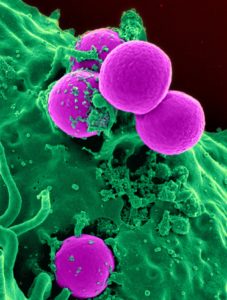
Detoxing is a word you hear often these days. But what exactly are we referring to when we say detox?
There are so many “cleanses” and “detox programs” that I wanted to get the record straight. A cleanse does not necessarily refer to detoxification. First off, detoxification is something your body is always doing. It is a cellular process of removing toxins, chemicals, free radicals (which are metabolic waste from normal cell functions), etc. And we need nutrients (especially amino acids) in order to do this! More on amino acids in a future post, I promise.
3 Detoxification Myths
- Cleansing diets “detox”. Most cleansing diets remove essential nutrients that help your cells and organs detox. You need many different nutrients in order to induce detox reactions. For example, the Master Cleanse- while it may be cleansing to your colon, it is not detoxing, it is not ridding your body of waste material (toxins, chemicals, hormones, etc..)
- Vegetarian and vegan diets “detox”. Sorry, but they do not. You need not only minerals, and B vitamins to induce detoxification, but you need many essential amino acids like methionine, glutamine, taurine. These are hard to get from even a vegetarian diet, unless you are eating lots of eggs. Animal products are high in animo acids. You know the big craze about collagen- part of the reason is because it’s packed with amino acids. These nutrients are essential for cellular detoxification, among other things like gut healing.
- Colon cleansing is “detoxing”. Colon cleansing definitely has it’s place. It is binding, so after your liver excretes waste products in the bile, your colon eliminates those. If it’s not eliminating properly, you could potentially be reabsorbing those toxins, chemicals, hormones, etc. Colon cleansing is actually a binding process, not detoxifying process. The toxins get bound and eliminated.
Hope this clears some things up! And if you have any questions or comments, please post below. I am a person on the other side of your computer, and I love to have open dialogue to bring clarity. And hey, maybe there’s something I’m missing that you’d like to share.


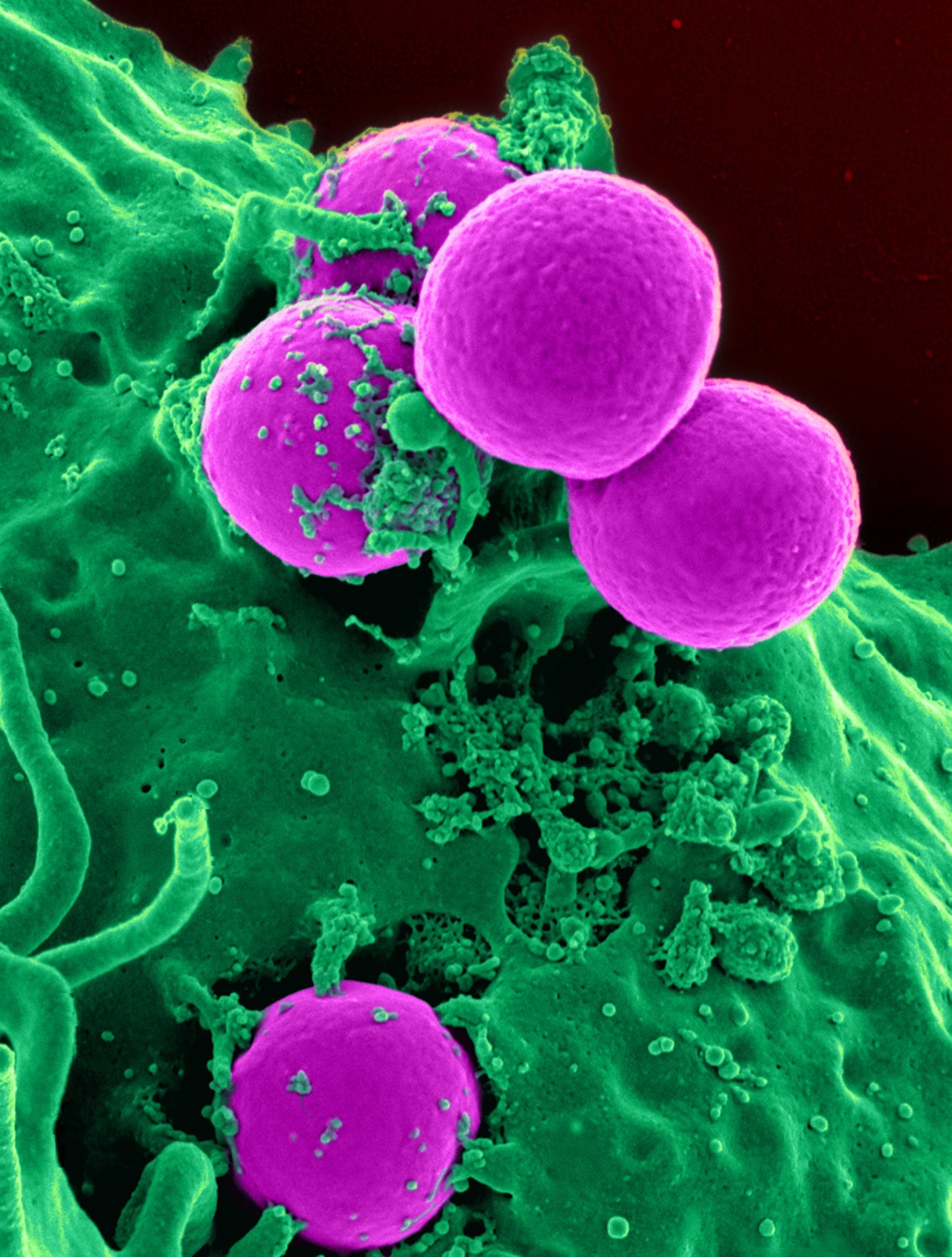
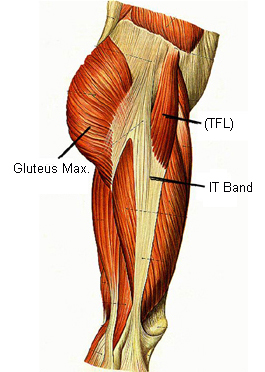
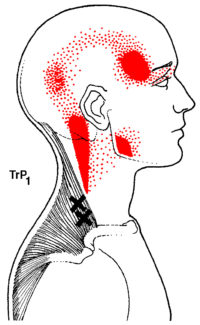
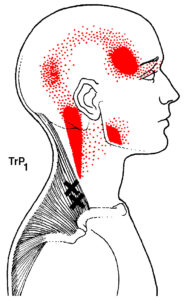

Follow